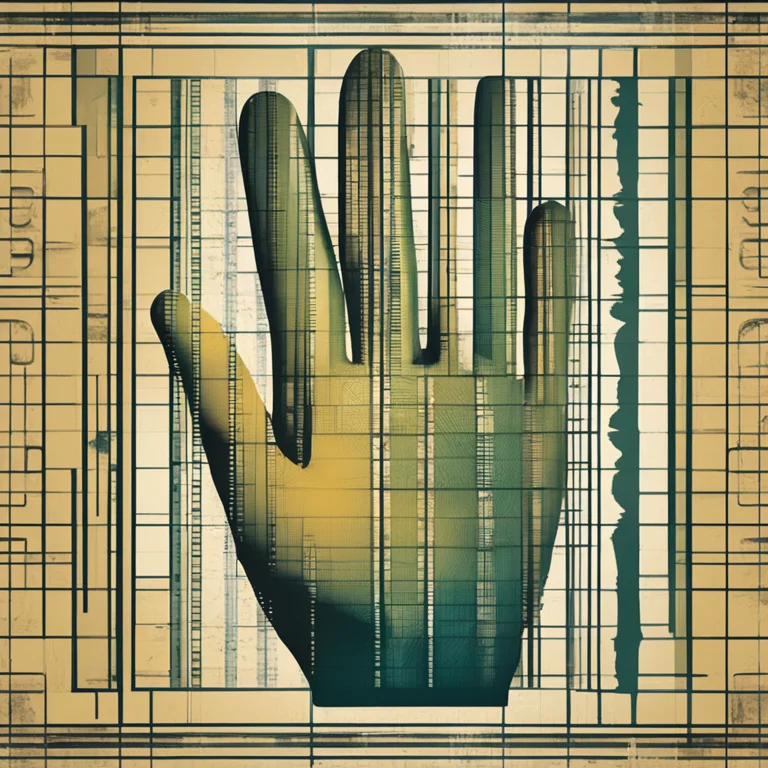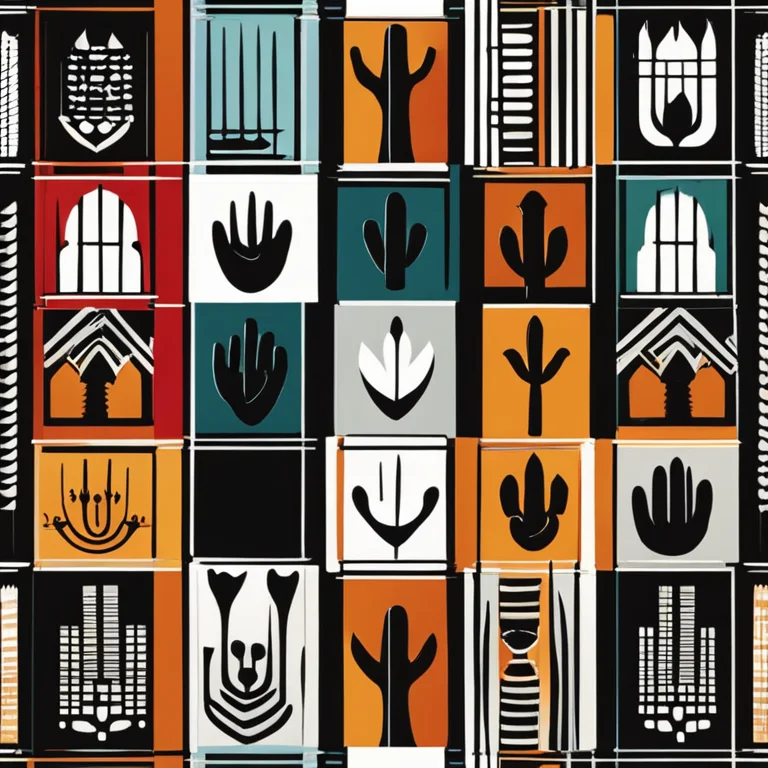
The Science Behind Palm Lines
Discover the fascinating reasons behind the formation of palm lines and what they may reveal about you in this insightful article.
article by Nora Pennington
The Origins of Palmistry
Palmistry, or chiromancy, is a practice with ancient roots, with evidence tracing this art back to India over 3,000 years ago. Over time, palmistry has woven its way into many cultures, including Chinese, Tibetan, Persian, and even Greek civilizations. Aristotle himself once presented a manuscript on palmistry to Alexander the Great who used it to examine the character of his officers. This mystical art presumes that the hand is a unique portal to the individuality of a person, encoding their past, present, and projected life path in the lines and shapes observed on their palms.

Palm Lines: A Biological Perspective
From a biological standpoint, palm lines, scientifically known as palmar flexion creases, emerge from the hand's movements and skin flexibility. These creases are formed in the womb around the 12th week of gestation and are typically complete by the 19th week. They serve a practical purpose by providing the hand with the ability to grasp and flex, ensuring that the skin does not bunch up uncomfortably or limit mobility. While everyone has palm lines, their patterns and characteristics are as individual as fingerprints, influenced by genetic factors, movement, and even environmental elements during development.

Cultural Significance and Modern Views
While science attributes the existence of palm lines to physical necessities, various cultures imbue them with spiritual and predictive significance. Contemporary palmistry practitioners often fuse traditional interpretations with modern psychological insights to read these lines as maps to a person's disposition, emotional tendencies, and potential future occurrences. It's important to note that the legitimacy of these readings remains a subject of debate, and despite its popularity, palmistry is considered a pseudoscience by the mainstream scientific community.

Genetics and Your Palms
Recent studies in the field of dermatoglyphics have examined the genetic components that determine the formation of palm lines. Research indicates that specific gene expressions are responsible for the varied designs of these lines. While most of the palm's structural formation is hereditary, tiny variations occur due to the unique interplay of genetics, in utero movements, and environmental factors, accounting for the singular nature of every individual's palm print, which might be fixed but not entirely predetermined.

Reading Between the Lines
Palm readers typically focus on three major lines: the heart line, the head line, and the life line. Each line is said to give insight into different aspects of one's life, such as emotional stability, intellectual capabilities, and vitality, respectively. There's also the fate line, though not everyone has this fourth prominent line. The depth, length, curvature, and even breaks in these lines inform a palm reader's interpretation. Variations can be immensely subtle, yet they are regarded as significant indicators in the practice of palm reading.
The Evolution of Palmistry
As we progress into 2024 and beyond, palmistry continues to evolve, often incorporating data from complementary disciplines like astrology and psychology. Technological advancements have also led to the creation of palmistry apps that use algorithms to analyze hand photos for those seeking insight without visiting a palmist in person. Despite its ancient origins, the fascination with palmistry persists, combining ancestral beliefs with modern-day applications to captivate the curiosity of those exploring the mysteries of their personal narratives.
Published: 1/10/2024
Modified: 1/10/2024
More predictions
Come back here soon to learn more about yourself and your future


The Mysterious World of Hand Analysis
Delve into the mysteries of hand analysis and discover what your palms can reveal about your personality and future.


Guide to Palmistry: Interpreting Your Palm Lines
Discover the ancient art of palmistry with our comprehensive guide to reading and interpreting the lines on your palms.


Palmistry in Flux: The Nature of Palm Lines
Delve into the compelling world of palmistry and discover how your palm lines may change over time, reflecting personal growth and life shifts.